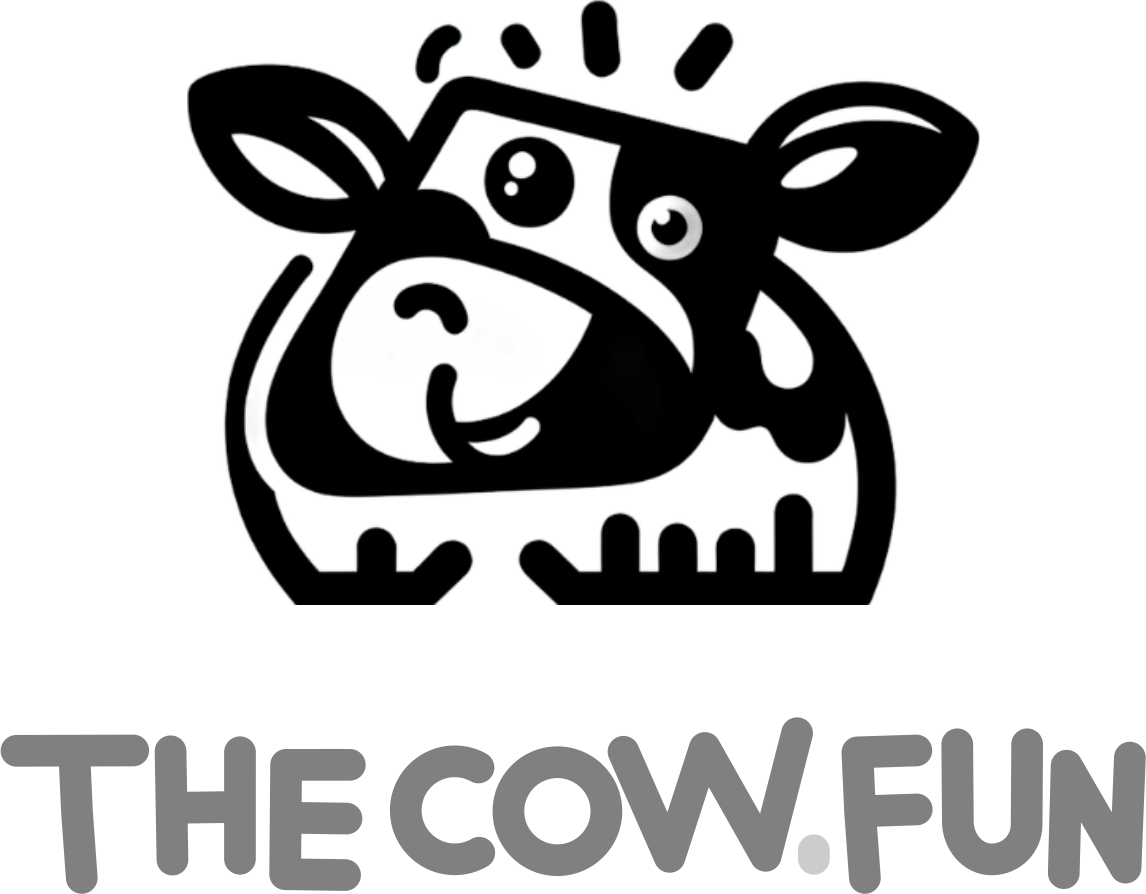Hello, dairy lovers and curious minds! 🐄✨ Get ready to be charmed by the Jersey cattle. With their gentle demeanor and rich, golden milk, these cows are not just a treat for the eyes; they’re a vital part of sustainable farming. In this article, we’ll explore the characteristics, history, and care of these captivating creatures.
Exploring the Heritage of Jersey Cattle
Originating from the picturesque island of Jersey in the English Channel, Jersey cattle have a long and storied history that dates back to the 18th century. These cows were bred for their exceptional milk production and adaptability to various farming conditions. Over the years, they have become one of the most popular dairy breeds worldwide, prized for their creamy milk and friendly nature.
Origins and Development
Jersey cattle were first recognized as a distinct breed in the early 1700s. Farmers on the island selectively bred these cows to enhance their milk quality and yield. Due to their compact size and efficient feed conversion, they quickly gained popularity among dairy farmers, leading to their exportation to various countries, including the United States and Australia.
Characteristics of Jersey Cattle
Distinctive Appearance
The most recognizable feature of Jersey cattle is their rich, fawn-colored coat, which can range from light tan to a deep, reddish-brown. They have a sleek appearance, with a well-proportioned body that reflects their dairy heritage. Their large, expressive eyes and gentle demeanor add to their charm.
Impressive Milk Production
Jersey cattle are renowned for their high butterfat content in milk, often exceeding 5%, which makes their milk ideal for cheese and butter production. This quality has made them a favorite among dairy farmers looking to produce premium dairy products.
Size and Weight
Jersey cattle are relatively small compared to other dairy breeds. Adult cows typically weigh between 800 and 1,200 pounds (360 to 540 kg), while bulls can weigh up to 1,600 pounds (730 kg). Their manageable size makes them easier to handle on the farm.
Caring for Jersey Cattle
Feeding
Jersey cattle thrive on a balanced diet that includes high-quality forage, grains, and minerals. Their efficient digestion allows them to convert feed into milk effectively, making them cost-effective for dairy operations.
Space and Habitat
These cows require ample space to roam and graze. A clean, comfortable environment is essential for their health and productivity. Jersey cattle are adaptable and can thrive in various climates, provided they have adequate shelter.
Health and Maintenance
Known for their hardiness, Jersey cattle are generally healthy animals. Regular veterinary check-ups and vaccinations are important to maintain their well-being. Proper hoof care and nutrition are also crucial for preventing common health issues.
Fascinating Facts about Jersey Cattle
- Gentle Temperament: Jersey cattle are known for their friendly and docile nature, making them easy to handle and a favorite among farmers.
- Longevity: These cows can live up to 15 years or more, providing long-term benefits to dairy operations.
- Versatile Breeders: Jersey cattle are excellent mothers, often raising healthy calves with minimal assistance.
Jersey Cattle in Modern Times
Today, Jersey cattle continue to be a vital part of the dairy industry. Their milk is highly sought after for its quality, and efforts are being made to preserve and promote pure Jersey bloodlines. Sustainable farming practices are also being adopted to ensure the health and productivity of these wonderful animals.
Conclusion
Jersey cattle are a testament to the beauty and utility of dairy farming. With their charming appearance and exceptional milk production, these cows hold a special place in the hearts of farmers and dairy enthusiasts alike. Whether you’re interested in dairy farming or simply admire their grace, Jersey cattle deserve recognition as one of the dairy world’s true treasures.
Have you fallen in love with these charming dairy cows? Why not bring a piece of Jersey charm into your home? Explore our collection of Jersey-inspired products on Amazon and add a touch of dairy elegance to your daily life. Click here to discover more!
Frequently Asked Questions
- What is the average milk production of Jersey cattle?
Jersey cows can produce around 4,000 to 6,000 liters of milk per year, depending on their diet and management. - Are Jersey cattle suitable for small farms?
Yes, their manageable size and friendly nature make them an excellent choice for small-scale dairy operations. - How do Jersey cattle compare to other dairy breeds?
Jersey cattle are known for their high butterfat content, making their milk richer than that of many other breeds. - What is the lifespan of Jersey cattle?
Jersey cattle can live up to 15 years or more with proper care and management. - Are there conservation efforts for Jersey cattle?
Yes, various organizations are working to preserve pure Jersey bloodlines and promote sustainable farming practices.
